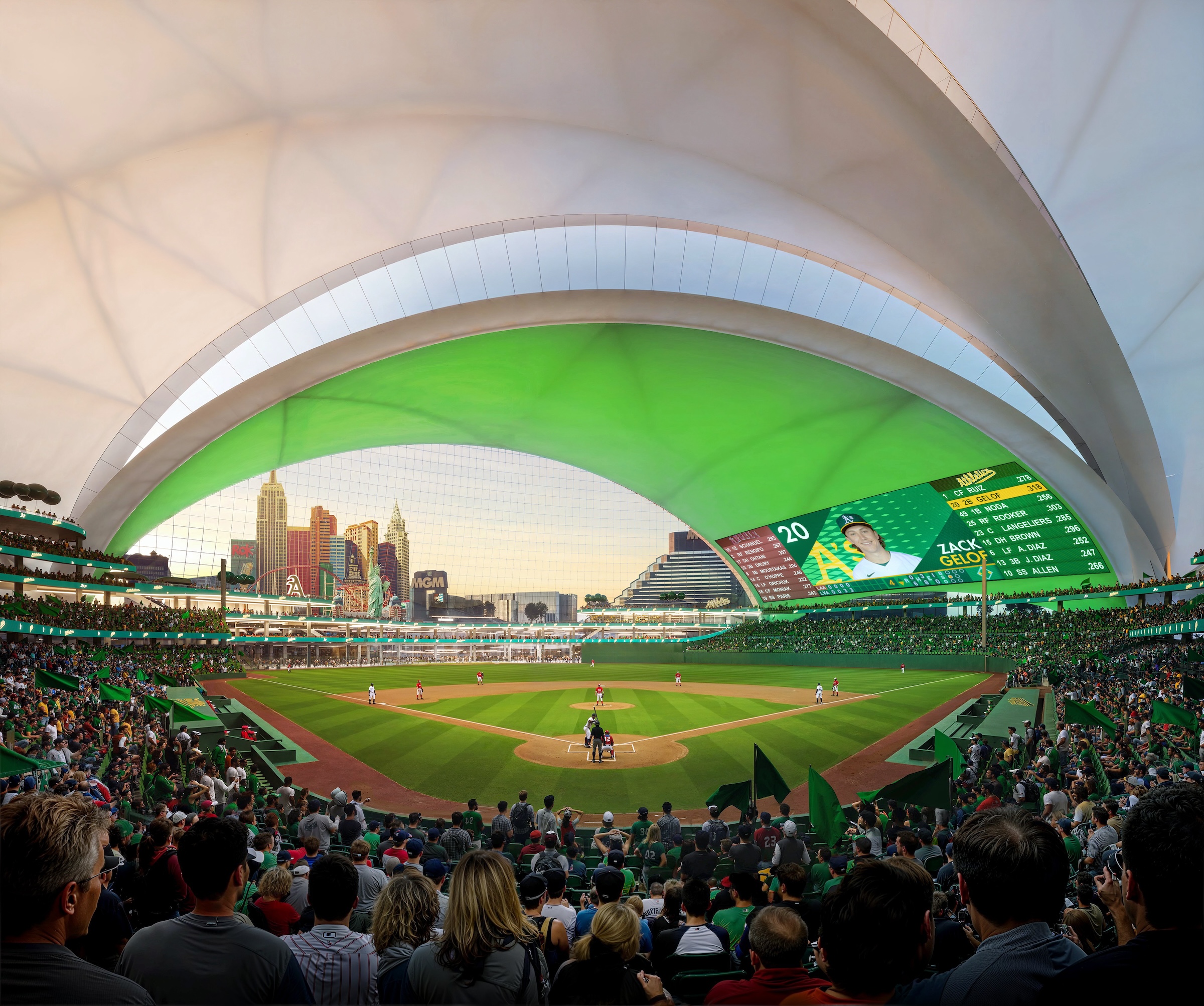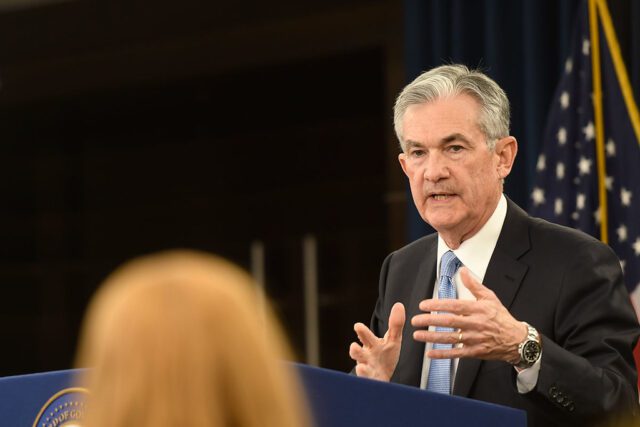Having played their last baseball game at the Oakland Coliseum, players for the Oakland Athletics have begun their transition to a new stadium on the Las Vegas strip. The relocation’s announcement attracted media coverage this past spring from industry watchers that include Building Design + Construction, Yellowbrick Data, and The Wall Street Journal.
Scheduled for 2028, the move includes plans for a distinct $1.5 billion stadium. Its architects — global firm Bjarke Ingels Group in collaboration with HNTB (Missouri) — liken it to a “spherical armadillo.” The reference stems from the park’s roof, constructed not only to provide shade and augment the park’s air-conditioning system but also to resemble baseball pennants. The stadium will seat 33,000 fans and highlight the city’s panorama nearby.

Challenges Facing the Las Vegas Athletics Move
The ambitious project is, however, not without its challenges. The A’s and Major League Baseball are navigating a complex landscape of financing, interim playing venues, and fanbase reactions.
A’s club owner John Fisher is spearheading the financial plan, which, according to The Wall Street Journal, includes:
- $380 million in public funding
- $200 million in debt
- Significant personal investment from Fisher
“Fisher’s commitment is a testament to his belief in the project’s success, but it also highlights the high stakes involved,” the WSJ reported.
Public vs. Private Funding of the Las Vegas A’s
The financing of sports stadiums is a hotly debated topic, with opinions divided on the use of public versus private investment.
The A’s venture into Las Vegas has a hybrid finance model, combining public funds with substantial private investment. This approach reflects a broader trend in sports stadium financing, where public and private sectors share the costs and risks, as noted by Yellowbrick Data, a Mountain View, Calif., analytics provider.
A New Era for Baseball in Vegas
As the A’s prepare for their move, the MLB and the team are betting on the allure of Las Vegas to create a new home for baseball that captivates fans and players alike. This venture’s success will shape the Athletics’ future and set a precedent for sports franchise relocations and stadium financing.



















